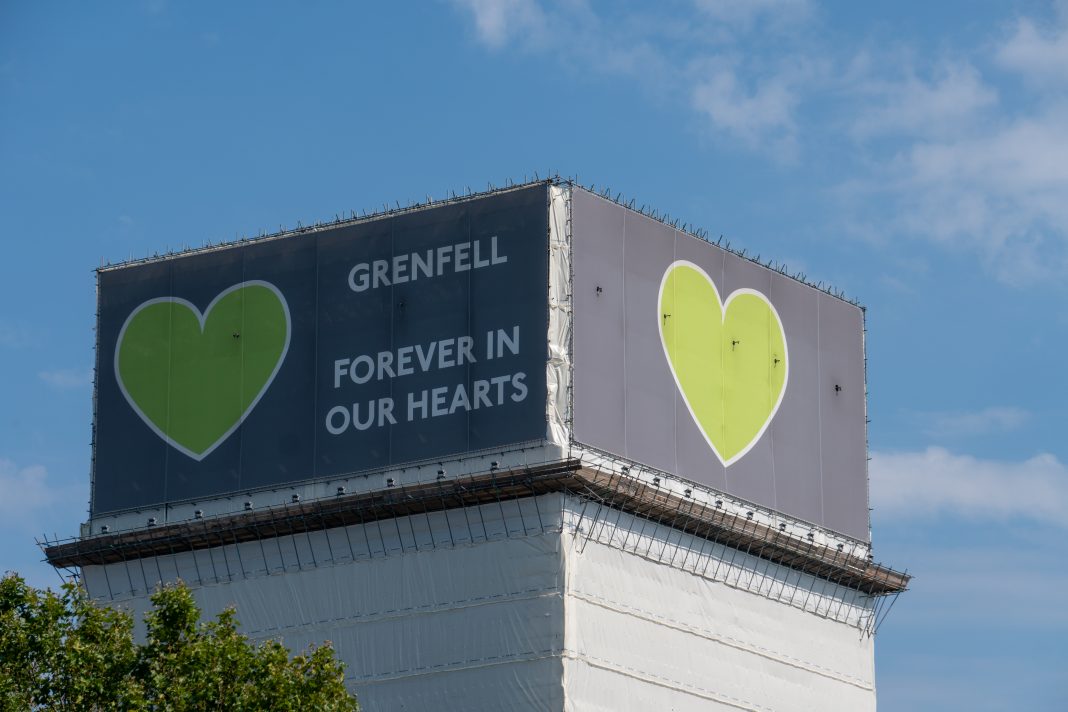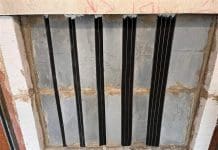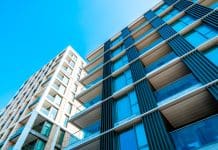As the third anniversary of the Grenfell Tower fire approaches there are still 2,000 residential buildings with dangerous cladding – the HCLG committee has urged Government to ensure all buildings of any height with ACM cladding are fully remediated
The housing, communities and local government committee calls on the government to make an absolute commitment to ensure that all buildings of any height with ACM cladding should be fully remediated of all fire safety defects by December 2021.
The committee says Government support will fall far short of what is needed to carry out remedial work on all buildings that currently have dangerous cladding and other fire safety issues, including inadequate fire doors or missing fire breaks.
The £1bn Building Safety Fund to remove combustible non-ACM cladding from buildings above 18 metres is “likely to only be sufficient to cover the cost of removal from a third of the 1,700 buildings needing remediation”.
HCLG committee recommendations
The HCLG committee urges buildings with other forms of dangerous cladding should have all fire safety defects removed by June 2022.
The committee said Government “must accept that the £1bn pledged so far will be insufficient and be prepared to meet the cost of what will be necessary to make sure buildings are safe”.
It added: “Residents cannot be expected to go on meeting the exorbitant costs of temporary fire safety measures while they wait for work to be completed.
“The government should provide funding support for ongoing ‘waking watch’ fire patrols and fire alarms.”
The impact on residents’ physical and mental health is a significant concern. The committee recommends the “Government should ensure that all residents are offered support by the NHS to help them cope with what they continue to go through”.
The committee also suggests that Government should seek to recover costs on individual buildings from those responsible and be prepared to take legal action
It said: “The Government must also take a hard line with freeholders who fail to deal with dangerous cladding on properties they oversee.
“Any residential building where work has not begun by December 2020 should be taken over using Compulsory Purchase Order powers, and consider establishing a new national body whose sole purpose is to purchase the freehold and manage the remediation of buildings with fire safety defects.”
Chair’s comments
Chair of the HCLG committee, Clive Betts, said: “We have challenged the government to finally commit to removing all forms of dangerous cladding once and for all.
“Three years on from the Grenfell Tower disaster there are still thousands of home owners living in buildings with some form of dangerous cladding. The financial and emotional toll has been significant, with temporary safety measures costing huge sums and the ongoing stress of living in a property that may not be safe. This is not good enough.”
Betts added: “It is clear that the £1bn Building Safety Fund will not be enough. Too many risk being excluded by the criteria for accessing this support and the amount of money pledged is only enough to cover a fraction of the work needed.
“The Fund should be increased so that it is enough to cover the amount of work that is actually needed, both to remove cladding a resolve wider fire safety concerns.
“Further support must also be provided for the costs of stop-gap safety measures, such as ‘waking watches’, to reduce the burden on homeowners.
“This should not just be a question of the Government, and therefore the taxpayer, stepping in with a blank cheque. Those who have caused, and in some cases refuse to rectify, safety issues must be made to pay.”
He concluded: “It is time for the government to commit to end the scourge of dangerous cladding once and for all.
“A piecemeal approach that will see homeowners facing many more years of stress and financial hardship. This is not an option.”



![[Video] Fireco: 80 new fire doors required for residential flats in London](https://www.pbctoday.co.uk/news/wp-content/uploads/2025/04/2024-06-01-Lords-view-one_1200x750_004-218x150.webp)


![[VIDEO] Making DorTrak reports easy to read with Fireco Inspecting fire doors at Fireco, firedoor technology, 2023](https://www.pbctoday.co.uk/news/wp-content/uploads/2024/04/JPZ_2364-web-218x150.jpg)



![[VIDEO] UK-based firm reveals ‘world’s first’ fully AI-driven architectural project Studio Tim Fu has revealed the 'world's first' fully AI-driven architectural project in Slovenia, developing six luxury villas on the Lake Bled Estate](https://www.pbctoday.co.uk/news/wp-content/uploads/2025/03/Interior-1-studio-tim-fu-218x150.gif)




The HCLG Committee are right to demand the removal of all combustible cladding such as ACM on high rise buildings, but that’s not enough, as we need to consider why building occupants were advised to stay in their rooms. The reason is that each dwelling was considered to be a fire safe envelope, but this was taken away when the metal framed windows were replaced with uPVC double glazed units that melted with the heat of the fire. While the ACM cladding provided the heat to melt the plastic, even without a combustible cladding, a fire in the rooms below other dwellings above them, could still cause their uPVC windows to fail and let the flames enter. In other countries such as Australia, high rise building must have metal framed windows, usually aluminium.